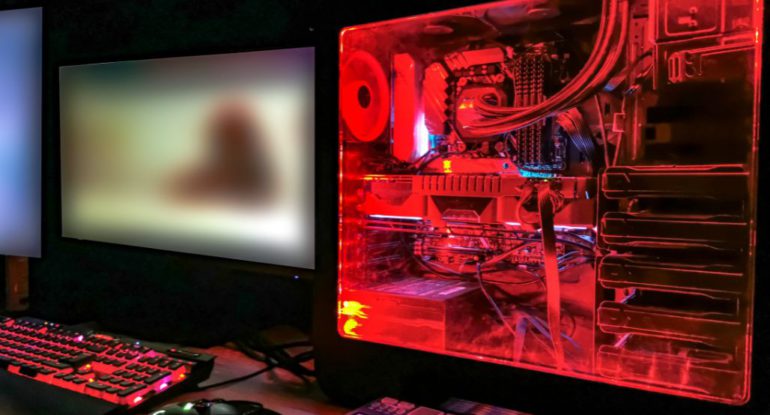The History And Timeline Of NFTs: How It All Started

It is undeniable that NFTs are profoundly changing the digital economy and giving blockchain an unheard-of level of significance in the new Web3 age. The first NFT ever produced was called Quantum and was minted on Namecoin by Kevin McCoy in 2014. But throughout the ensuing years, several other NFTs were released on pre-Ethereum blockchains; for instance, Spells of Genesis, the first blockchain-based game ever, was released in 2015. The first crypto art market was launched in 2016 with the release of Rare Pepes.
✨DID YOU KNOW✨
Did you know that the first NFT actually emerged in 2014? That’s right, Kevin McCoy minted the first NFT known as, “Quantum”.
•
•
•#lsdigitalart #digitalart #digital #art #nft #nfts #nftart #artforsale pic.twitter.com/i5kwzOeJYZ— LS Digital Art (@ls_digitalart) March 30, 2022
These initiatives, however, fell short of achieving universal acclaim. Except for people who were knowledgeable about cryptocurrencies and blockchain technologies, they remained mostly unknown.
NFTs only started to become more popular with regular consumers in 2017. The first NFT collections were introduced around this time on the Ethereum network. Previous blockchains made ownership transfer and trading incredibly challenging. Token generation, programming, storage, and trading were made possible by the Ethereum network and its smart contracts technology, which were integrated into the blockchain itself. The onboarding process was made simpler, and these new features expanded access.
CryptoPunks, a collection started by Larva Labs that has come to be associated with early NFT history, was one of the first Ethereum initiatives. Many of its individual pieces have therefore sold for millions of dollars.
Rising NFT interest
Before 2021, there were probably two triggers that boosted price points and public interest. The COVID-19 pandemic was the first, forcing a lot of individuals to become more technologically literate and interact with one another on websites like Twitter and Clubhouse, where the NFT community has established a significant presence.
Beeple was the second. The veteran artist became an NFT pioneer when he was the first to sell an NFT through a significant auction house. When his “Everydays — The First 5000 Days” Christie’s sale ended on March 11 with a staggering $69 million, NFTs could no longer be disregarded.
The transaction garnered media attention worldwide, and further transactions quickly followed. Stay Free, an artwork by Edward Snowden, sold for $5 million in April. CryptoPunk #7523 sold for $11 million in June. Right-click and Save As Guy by XCopy sold for $7 million in December.
Although the boom of 2021 was mostly driven by digital art and collectables, there are innumerable more NFT applications that also debuted at this time and attracted attention to the field. There are NFT-based blockchain games like Axie Infinity and Zed Run and NFT-based virtual worlds like Decentraland and CryptoVoxels.
Sales volumes and pricing points have expanded along with adoption. This sparked a surge in interest from businesses and brands hoping to start their own NFT ventures and profit from the expanding market. Businesses like Taco Bell and Coca-Cola around well-known food and beverage items have developed NFTs. Other companies, such Hot Wheels and Adidas, have started selling NFTs associated with their tangible goods. Even NFT collections from well-known brands like Gucci have reportedly sold for much more than the cost of their signature item!
Also, read – Top 12 Historical NFT That Shaped The Foundation of Web3
The potential of NFTs
NFTs are still in their early stages at the moment. It’s unclear where NFTs will go from here because of the technology’s seemingly endless array of potential uses.
NFTs are thought to have some potential in the future metaverse, mostly by serving as a digital version of your possessions. Items and skins can be transferred between games utilizing the same blockchain if NFTs are utilized to represent items in video games. Your computerized avatar might experience the same thing.
NFTs, according to some doubters, don’t actually have a future. Instead, they claim that they are only a short-lived trend that could eventually be reduced to a small segment of a broader industry, much like the trajectory of collectible card games and other antique collectibles. Which future prediction is true? Really, it’s difficult to say. The only way to be certain is to wait and watch, given how new NFTs are right now. In a short amount of time, the current state of NFTs is likely to seem drastically different.
A timeline of cutting-edge and well-liked NFTs
This section will discuss some of the most notable NFT initiatives to date. But be aware that this is by no means an exhaustive list. For a deeper look into the past, make sure to check out our resources on historical NFTs.



























































